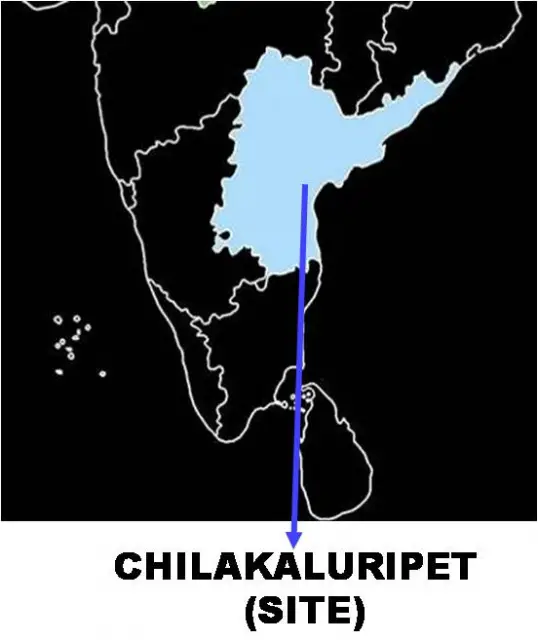
- The house is situated in the small town of “Chilakaluripet” near the city “Guntur” in Andhra pradesh depicting a typical architectural culture prevailing in this area.
- Built around 1940’s as a single house it now shelters three families.
SITE PLAN
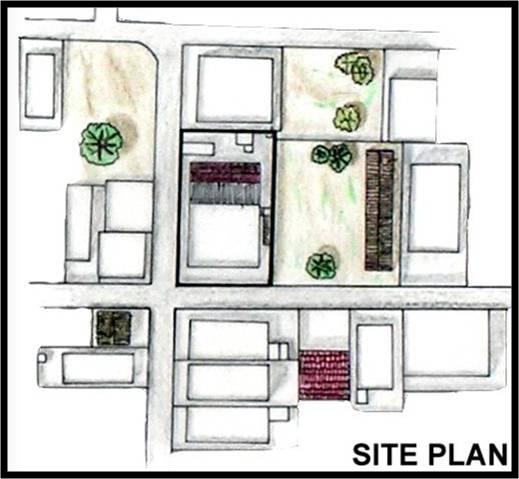
- The site plan shows most of the houses having the similar rectangular linear forms of houses depecting the typical architectural culture of the area.
- The houses are compactly planned minimizing heat gain and heat loss.
- Little plantation area.
CULTURE AND THE HOUSE

- The thresholds of the doors is given special importance.
- They are made prominent and decorative with yellow, red and green colors.
- This is evolved from the custom of applying turmeric to prevent the entry of insects in to the house specially during the harvest period.
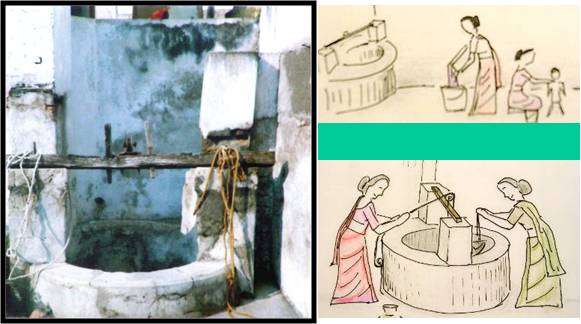
The well was once the only source of water and all the washing and other related activities happen around the well.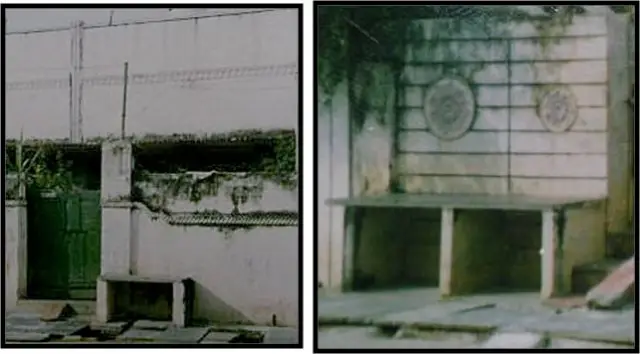
- There are benches between every two adjacent gates of the house as shown.
- This is used by the family members in the evenings to sit and chat with the neighbors.
- These benches are made of cuddapah stone tiles.
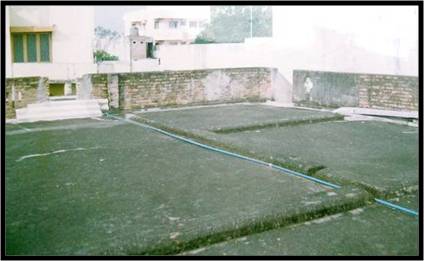
- The terrace is an important space for house-hold and daily activities.
- It is used for drying clothes, spices and in the evenings by children to study and play.
- Family members sleep here during summers.
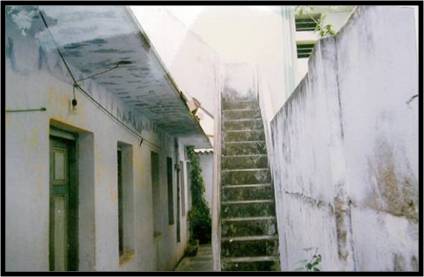
- The staircase is narrow and have risers as high as 250mm.
- The space under the stair case is used as a storage area for frequently used items.
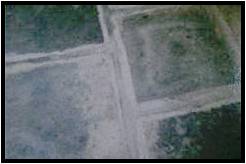
- The stone tiles used for flooring are locally available called the cuddapah stones.
- The foundation of the house is also made of cuddapah stone blocks.
CLIMATE AND ITS EFFECTS
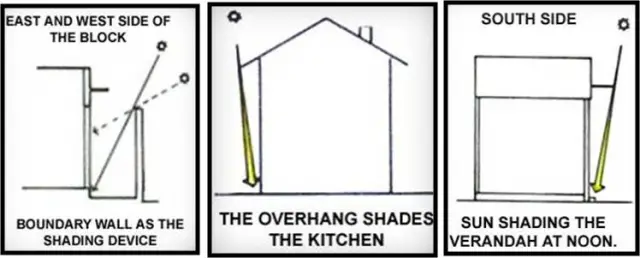
- Situated near the bay of begal in the interior landmass the site faces a combination of hot-dry and warm-humid climate.
- The house has a rectangular plan aligned in north-south axis with entrance facing south.
- The closely built east and the west compound walls shades the houses on each side in the morning and evening respectively.
- Over hangs and projections help in shading the underlying areas all around the house.
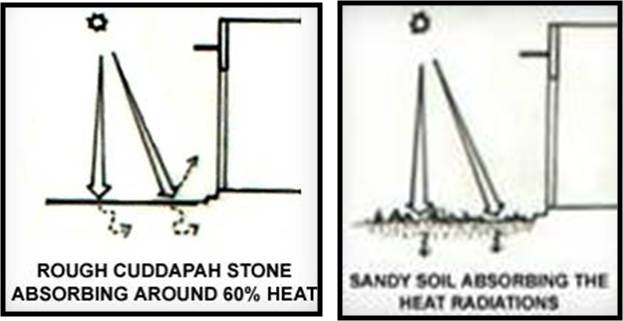
- Earlier the house had sandy finish with little vegetation in the area between compound wall and the house.
- This absorbs heat and minimizes radiation.
- After renovation cuddapah stone tiles were used as the flooring material.
- The same purpose of minimizing radiation is now achieved by these rough unpolished tiles.
- The walls 400mm thick slow down the conduction of heat in to the house, which is other wise not needed for the structural strength.
- High ceiling nearly 4500mm high also increase the time lag between heat conduction.
- Earlier due to to presence of common courtyard and verandah(buffer spaces), the easy movement of air ensured proper ventillation in the three houses.
- After the division,the linerly alligned doors and windows made ventillation easy, the partition walls acting as baffle walls diverting the air to make a distributing linear flow.
- After the division though, the central house sandwitched between the other two remains aloof from the availability of enough air circulation and daylight.
MAIN FEATURES
- The house is a joint plan of three individual linear houses.
- Separate kitchens, bathrooms and toilet areas.
- Similar house plans in the entire region.
- Common verandah and courtyard for the three houses.
- Includes clutural elements like thresholds at every door.
- Use of locally available building materials.
- Good climatic responce.
PLAN (OLD HOUSE)
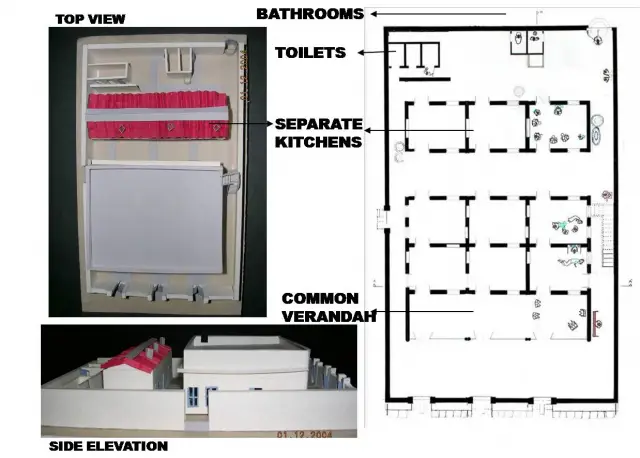
PLAN (NEW HOUSE)
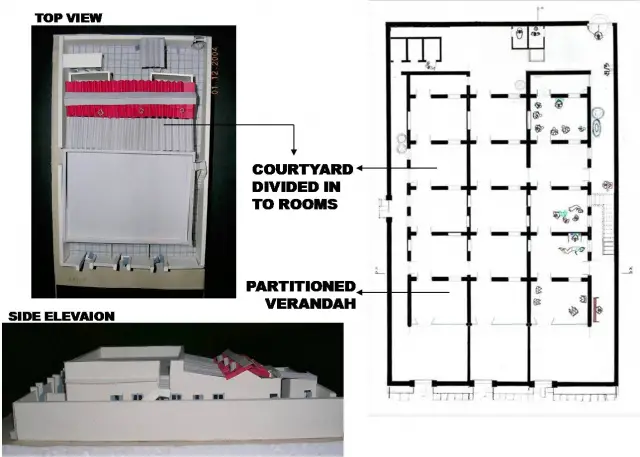
SECTIONS – SPACE ZONING
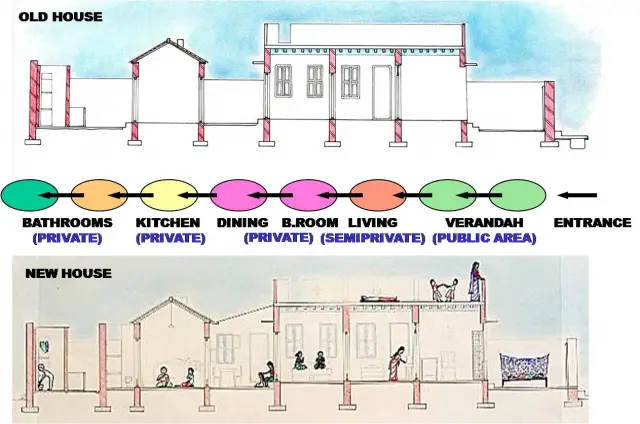
COMPARISION
1. Elevation

2. Verandah
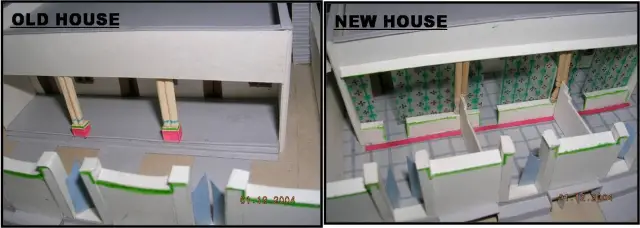
- OLD HOUSE – Common verandah with circular columns.
- NEW HOUSE – Partitioned verandah decorated with iron grills for security.
3. Courtyard
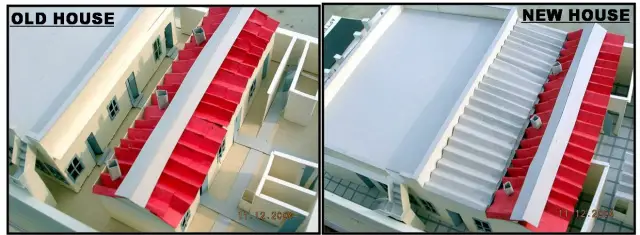
- OLD HOUSE: Open space (courtyard) between the house and kitchen.
- NEW HOUSE: Courtyard divided and transformed in to dining rooms.

who did this case study&
who did this case study& when?
Who did this case study&
Who did this case study& when?